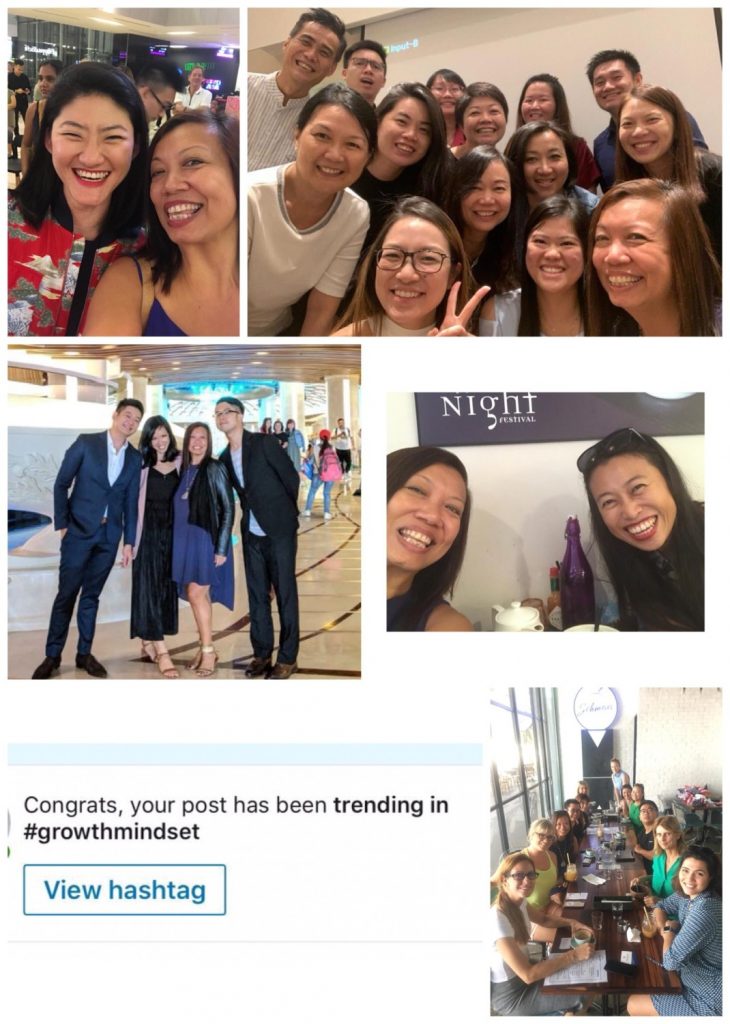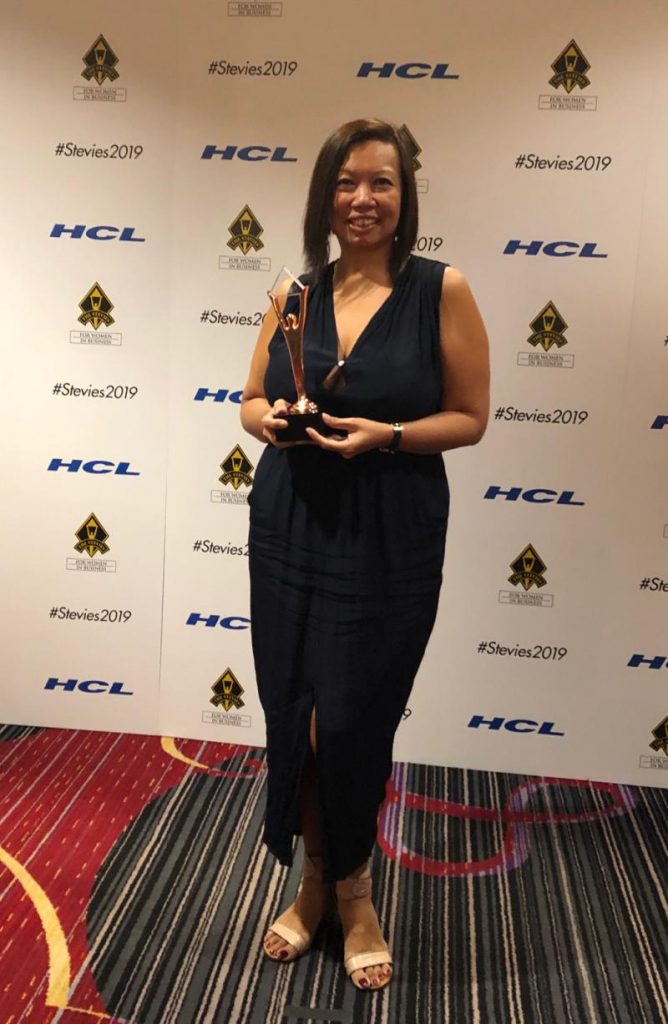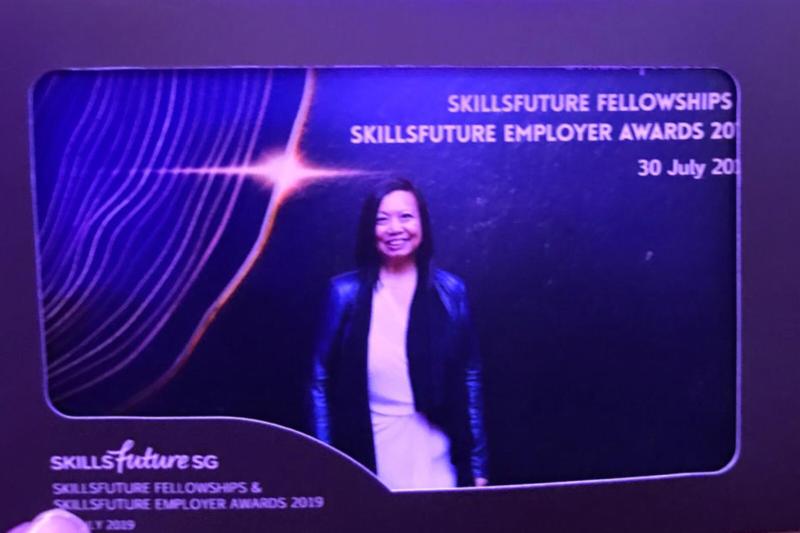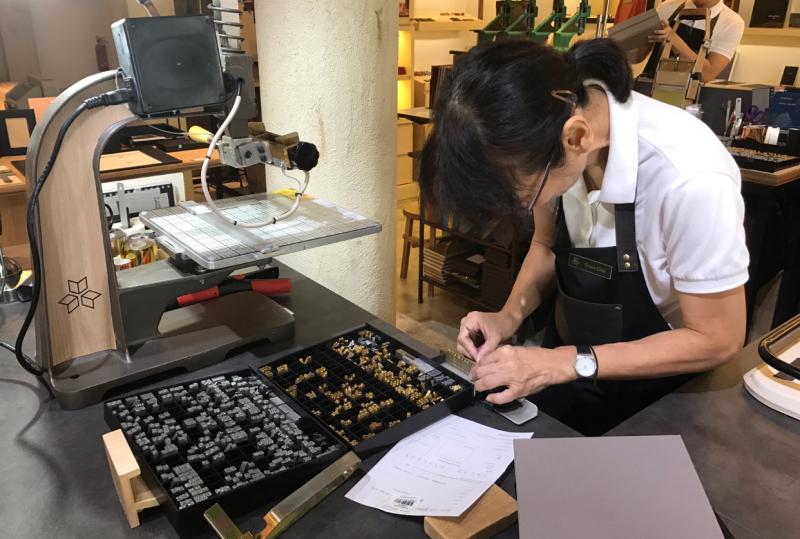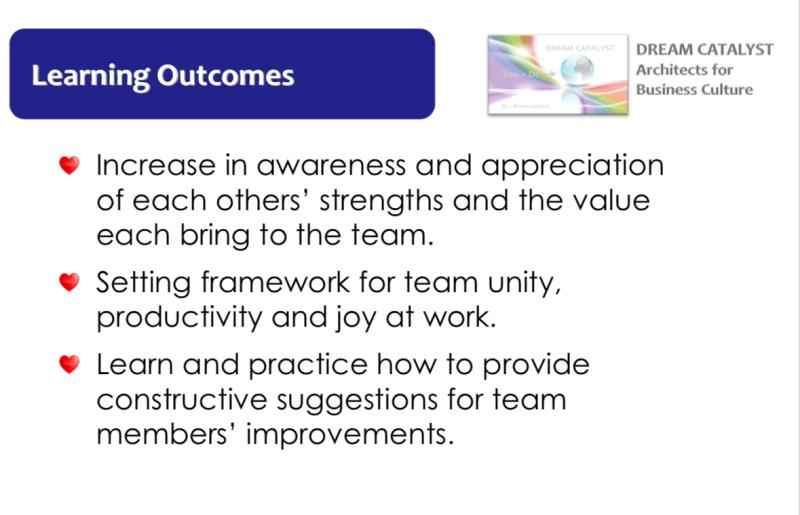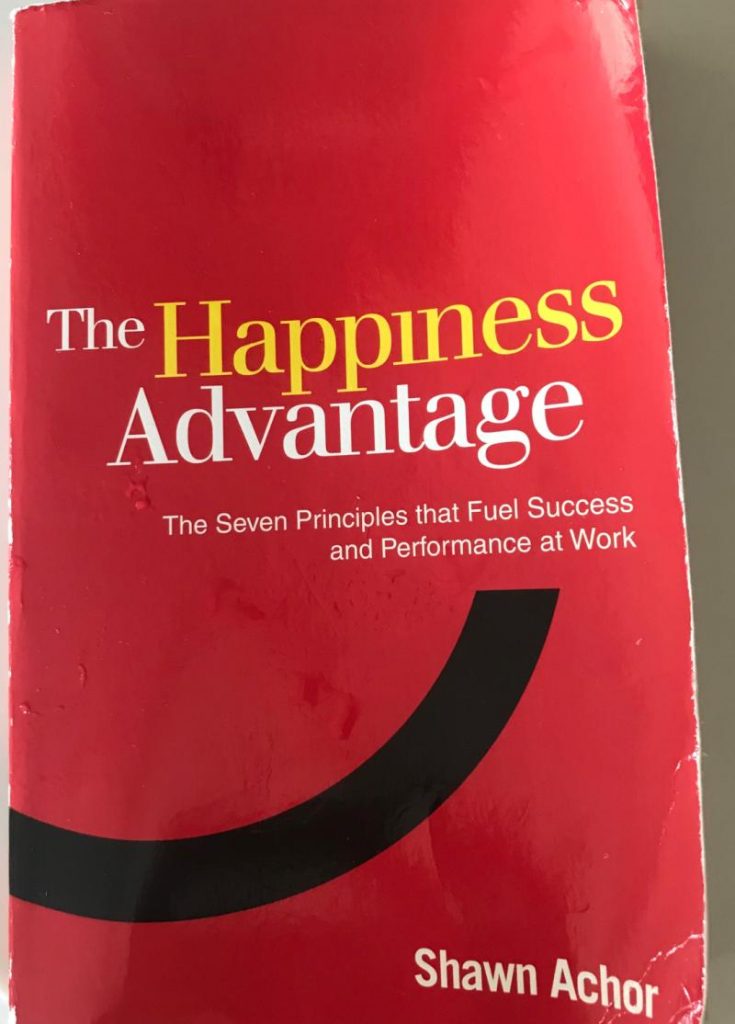Helen Keller once said, “Alone we can do so little; together we can do so much.”
It is certainly true in Helen Keller’s times. It is truer in our times.
With the wonder of technologies, individuals as freelancers or solopreneurs can achieve what used to be done by a group of people.
That said, working alone is never something I strive to do, which is why I’ve also seek out collaboration with others.
• Business beyond profits: Starting Dream Catalyst has rewarded me not only financially but also about making a positive impact in the world.
• Clients as partners: Looking at clients this way has given me the opportunity to see this client grow during their 10-year period.
• Working with others: Collaborating with others isn’t just about achieving more; but it’s about creating synergistic value for our clients.
• Energy for energy: Collaboration goes beyond just working together.
• Neighbours to Collaborators: Moving to Sentosa has allowed me to meet and now the opportunity to collaborate with wonderful people in the neighbourhood.
• Jazz and Collaboration: From a chanced meeting to connecting and conversing to collaborating with a Jazz singer!
• Showcasing Others: Another one of my favorite thing to do, showcasing a client who help a very special group of customers, parents!
• Helping Others Collaborate: A post of mine resonated with many because it was helping others connect and seek out collaborations.
What kind of collaboration are you looking for?
A successful business rarely succeed alone. It has a network of collaborating partners, from suppliers, customers, community, and beyond.
Clients that have a culture of collaboration are also more likely to succeed than those that venture solely on their own. And in the words of Helen Keller, we cannot not collaborate in our times.
Let’s find out how we can collaborate to help your business define the right culture, establish optimal systems, and achieve revenue growth.

